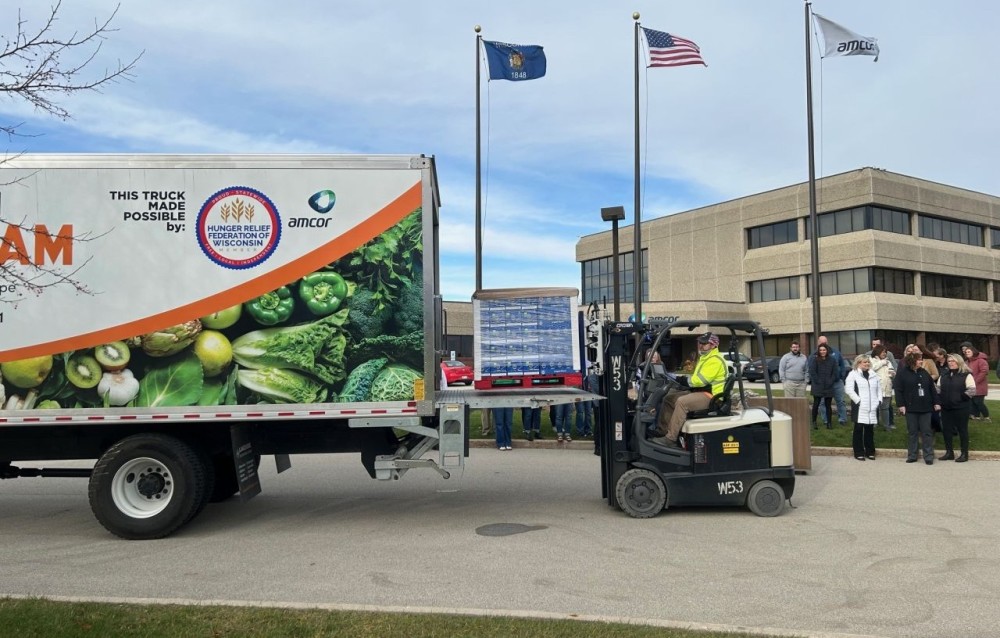
New Report: QLD Centre Stage on Climate Action
THE UPTAKE OF rooftop solar across Australia has soared to unprecedented levels with Queensland topping the nation, a new report from the Climate Council has found.
One third of households in the state now have rooftop solar.
“The sun-drenched state of Queensland is making the most of an abundant natural resource. Powering your house with the sun rather than fossil fuels is an incredibly powerful step in tackling climate change,” said the Climate Council’s CEO, Amanda McKenzie.
Queensland currently has over 5,000 jobs in the renewables sector, more than any other state or territory. Projects under construction or about to begin will create another 4,500 jobs in the state and deliver almost $10 billion in investment.
The report also finds that, on the flip side, Queensland is the most vulnerable state to climate change impacts and is paying a heavy price for worsening extreme weather.
“Queensland has always been exposed to extreme weather, but as the climate changes, flooding, extreme heat, fires and cyclones are becoming more severe,” said Ms McKenzie.
KEY FINDINGS:
There will soon be almost 10,000 jobs in the renewable energy sector in QLD, which is more than any other state or territory.
In dozens of QLD suburbs and towns more than 50% of households now have solar.
Queensland is the most vulnerable state in Australia to climate change. It is highly exposed to extreme weather, and has borne 60% of the total economic costs of extreme weather in Australia in the decade from 2007 to 2016.
The Climate Council report Welcome to Queensland: Renewable One Day, and The Next, and Next… examines other opportunities for the state.
The historic mining town of Mt Isa is identified as an area that could supply minerals to the new, clean energy economy.
“Our report highlights the significant opportunities for this part of Queensland with the global transition to renewable energy and batteries for households, businesses and electric cars,” said Ms McKenzie.
The area around Mt Isa is one of the world’s richest mineral producing regions containing copper, lead and zinc as well as major silver and phosphate deposits.
“Demand for these minerals is growing – zinc, silver, lead, copper and rare earth metals for solar panels and wind turbines, while lead is needed in the production of electric batteries,” said Ms McKenzie.
“The new clean energy economy provides tremendous opportunities for regional Queensland because we have the raw materials, infrastructure, workforce and access to supply chains that a renewable energy economy needs,” said Climate Councillor Professor Karen Hussey.
“But we need to be smart about planning for the transition, and sensitive to communities’ expectations,” said Professor Hussey.








